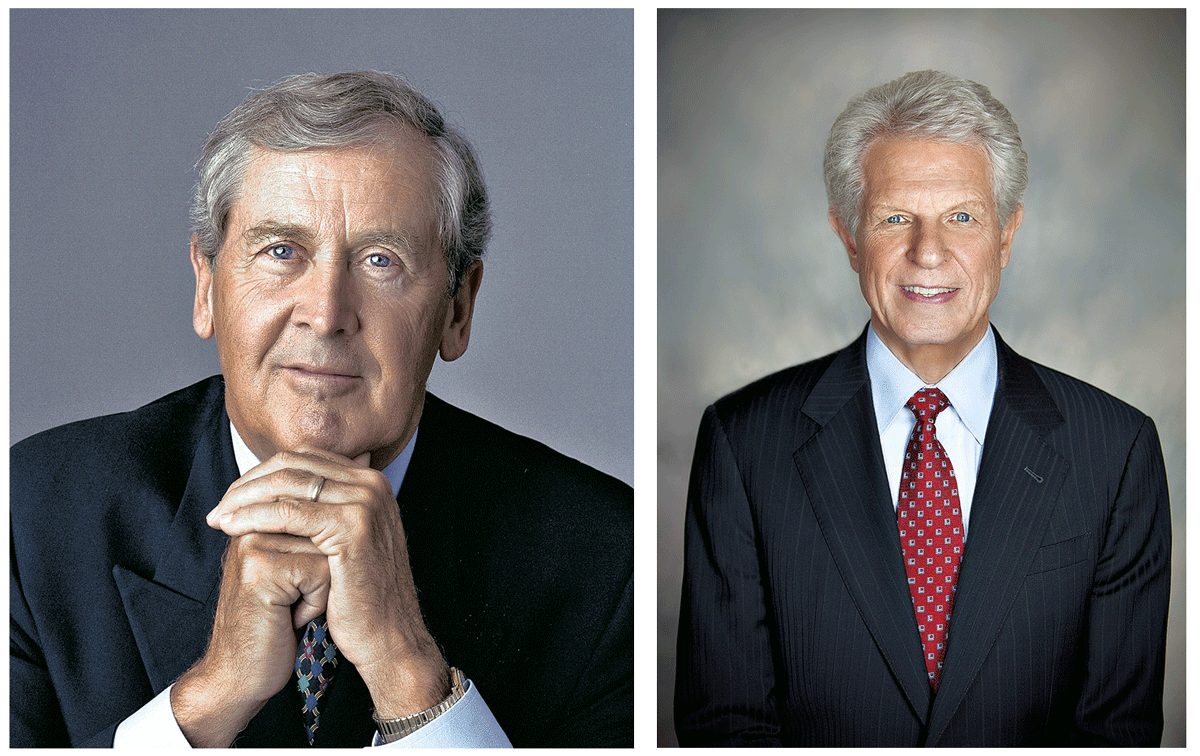I have positioned five wealth management brands and over a dozen other financial service brands in my brand consulting career. Most people, when thinking about wealth management brands, think the target customer is fairly straightforward – anyone who has more than $250,000 or $500,000 of investable assets – individuals or institutions. And while most wealth management firms’ customers would meet this criterion, this is not the bulls-eye of the target. As an example, when working with wealth management clients, they have arrived at each these different definitions of their target customers [1]:
- People 55+ on fixed incomes who have at least $250,000 in investable assets, have experienced significant decreases in net worth at least once and are worried about loss of capital and inability to live on their investments
- Entrepreneurs who have created their own wealth, have at least $1,000,000 in investable assets and feel as though they have not been adequately recognized for their accomplishments
- Individuals who have at least $500,000 in investable assets (many of whom previously managed their own portfolios) and desire a wealth management firm that can talk to them in depth about fundamental and technical analysis, market trends, investment philosophies, asset allocation, etc.
- Individuals who have at least $500,000 in investable assets and who are tired of dealing with aggressive New York City brokers who do not listen to their needs or give them personal attention
- Christians with at least $250,000 in investable assets who believe in wise stewardship of resources so that they can be generous with their families and communities
Imagine what the brand promise for each of these brands might be. Imagine what the marketing messaging might be. Imagine through what channels, methods and media these potential customers might be reached. Imagine how the brand promise might be delivered. Imagine the proof points that might support the brand promise. Imagine what the products and services might be and how they might be delivered. Each of these would be different, radically different, for each of these brands.
While I used the wealth management category as an example, this is true of every product/service category. Brands that create amazingly loyal customers tend to have very well defined target customers, so much so that they tend to share values with those customers.
When we are conducting brand positioning workshops, it is important to spend as much time as possible defining the target customer. It is akin to the saying that “defining the problem is half of the solution.” Defining the target customer properly gets you most of the way toward crafting a unique and compelling brand promise. I wish you great success in carefully defining your target customer.
[1] Target customer definitions are altered for illustrative purposes
The Blake Project Can Help: The Brand Positioning Workshop
Branding Strategy Insider is a service of The Blake Project: A strategic brand consultancy specializing in Brand Research, Brand Strategy, Brand Licensing and Brand Education




